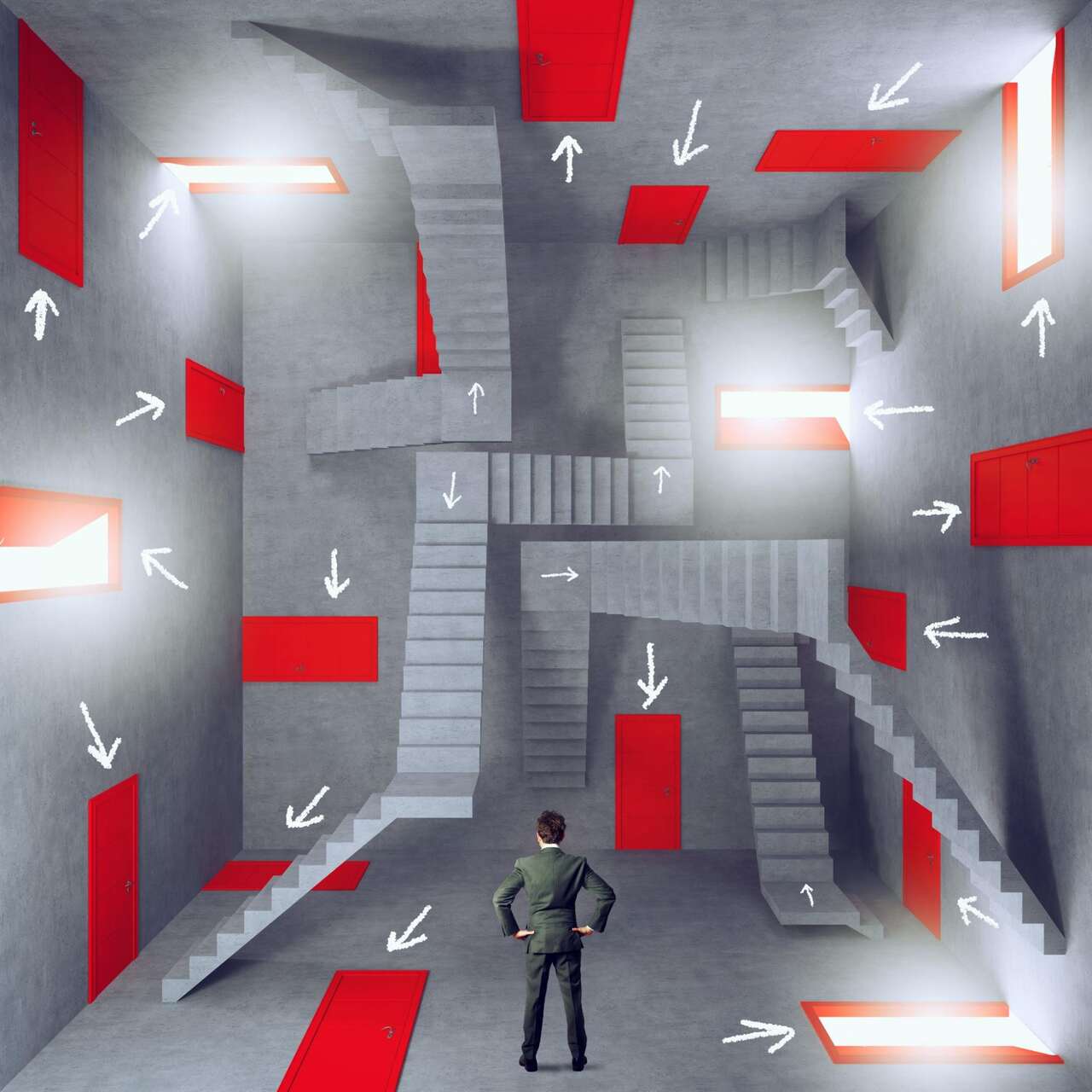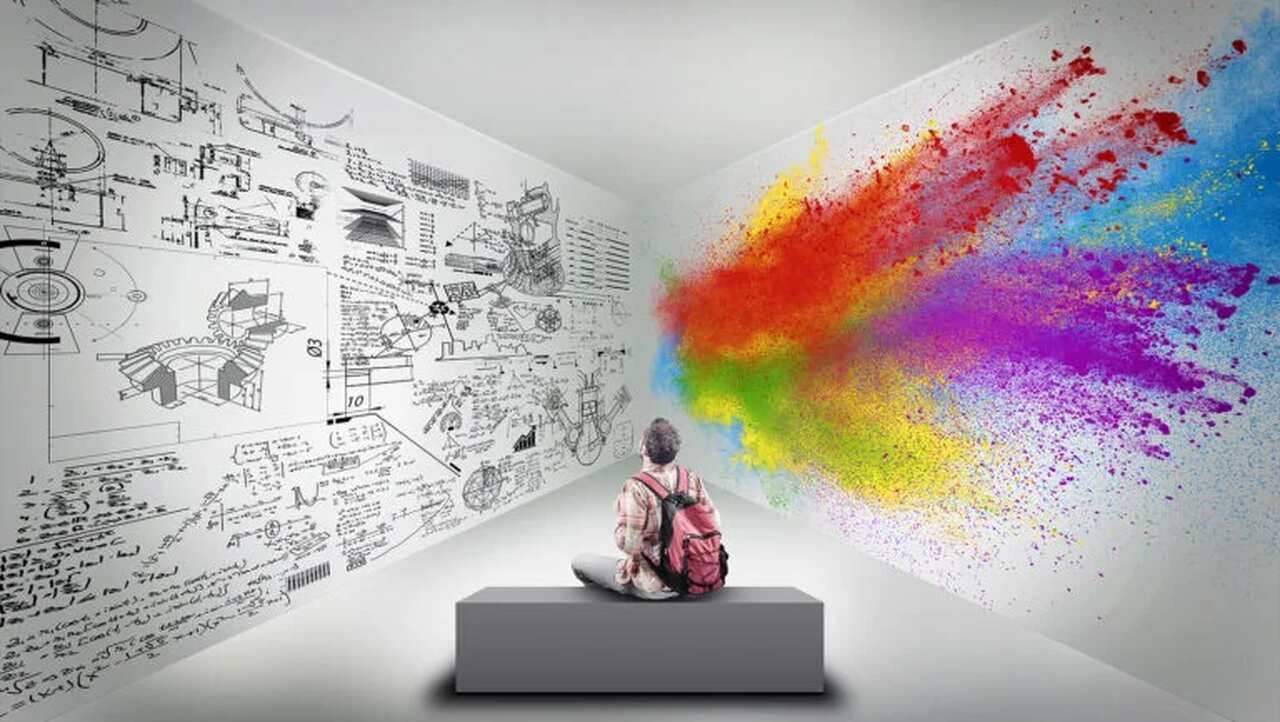Leonardo da Vinci, the brilliant mind behind the iconic Mona Lisa, was more than just a painter.
He was a visionary, an inventor, and a true Renaissance man whose approach to life and work continues to inspire us centuries later.
His commitment to excellence and relentless pursuit of knowledge offer invaluable lessons for anyone striving to achieve greatness in their own field.
Let’s discuss 7 powerful insights from da Vinci that can help you unleash your full potential and excel in everything you do.
1. Ignite Your Passion for Learning
While living in Florence, Da Vinci became fascinated with the phenomenon of fossils found high in the Tuscan hills.
Da Vinci hypothesised that they were the remains of ancient sea creatures.
He meticulously documented his observations in his notebooks.
He sketched the fossils and theorised about geological processes.
This curiosity led him to correctly deduce that the Earth’s landscapes had changed over time and that sea levels had once been much higher.
These ideas were revolutionary for his time and laid the groundwork for the field of geology centuries later.
Just like Da Vinci, see the world around you with childlike curiosity.
Have a sense of wonder about your environment and your work.
Ask questions, explore new ideas, and never stop learning.
This constant quest for knowledge will fuel your creativity and lead to innovative solutions in any field.

2. Pursue Your Interests Beyond Boundaries
Da Vinci wrote a letter to Ludovico Sforza, the Duke of Milan, offering his services.
In this letter, he described himself not primarily as an artist, but as a military engineer, detailing his ability to build portable bridges, cannons, and other war machines.
He also mentioned his skills in architecture, sculpture, and painting almost as an afterthought.
This demonstrates how Da Vinci saw no boundaries between disciplines and actively sought to apply his diverse knowledge in various fields.
Da Vinci excelled not just in art, but in science, engineering, and anatomy.
You can also break free from the constraints of specialisation.
Explore various disciplines and let them cross-pollinate your primary field of expertise.
This interdisciplinary approach can lead to groundbreaking ideas and unique perspectives.
It sets you apart from others.

3. Sharpen Your Senses to Uncover Discoveries
Da Vinci spent countless hours on a hillside near Florence, observing and documenting the flight patterns of birds.
His notebooks from this period contain over 500 sketches and 35,000 words on the topic.
This intense study led to his designs for flying machines, including an “ornithopter” that mimicked bird-like wings.
His meticulous observation of nature’s aerodynamics was centuries ahead of its time and laid the groundwork for human flight.
Da Vinci’s keen eye for detail allowed him to capture the subtleties of human expression in his paintings.
Sharpen your powers of observation.
Train yourself to notice the fine details in your work and surroundings.
This heightened awareness will enhance your skills and help you spot opportunities and solutions others might miss.

4. Refine Your Skills Through Deliberate Effort
Da Vinci began painting the Mona Lisa in 1503 and worked on it periodically for the rest of his life, never considering it complete.
He would carry it with him on his travels.
He would make tiny adjustments to perfect the subtle shadows around the eyes and mouth that create the enigmatic smile.
This level of dedication to a single work spanned nearly 16 years.
It showcased his commitment to continuous improvement and refinement of his craft.
Da Vinci spent years perfecting his techniques.
Commit to continuous improvement through relentless practice.
Dedicate time each day to honing your craft, no matter how skilled you already are.
Remember, mastery is not a destination but a journey of ongoing refinement and growth.

5. Challenge The Norms in Your Field
Da Vinci broke from tradition by not using the fresco technique typical for murals at the time.
Instead, he experimented with new materials and techniques to achieve greater luminosity and detail.
He developed a new method of applying tempera paint to drywall, which allowed him to work more slowly and make changes.
While this experimentation led to the painting’s quicker deterioration, it also resulted in unprecedented visual effects that influenced generations of artists.
Da Vinci’s innovative ideas were often ahead of his time.
Dare to think differently and challenge established norms.
Don’t be afraid to question conventional wisdom and explore unconventional approaches.
Your unique perspective could lead to groundbreaking advancements in your field.

6. Set the Bar High and Surpass Your Own Expectations
While working on the Battle of Anghiari mural, Da Vinci built an elaborate scaffolding system that could be raised and lowered with pulleys.
This allowed him to work on different sections of the large painting with precision.
He spent months perfecting his pigments and developing a new oil-based technique for wall painting.
Da Vinci even invented a system to protect the painting from moisture.
This attention to every aspect of the project, from the tools to the techniques, demonstrates his pursuit of excellence.
Da Vinci was known for his relentless pursuit of perfection, often working on paintings for years.
Set high standards for yourself and your work.
While it’s important to be practical, never compromise on quality.
Push yourself to achieve excellence in everything you do, no matter how small the task.

7. Bridge the Gap Between Art and Science in Your Work
Da Vinci created his famous Vitruvian Man drawing.
This work was not just an artistic masterpiece but also a scientific study of ideal human proportions based on the writings of the ancient Roman architect Vitruvius.
Da Vinci’s drawing corrected errors in Vitruvius’s work and added his own insights.
This created a perfect blend of art, mathematics, and anatomy.
The drawing demonstrates how the human body could be inscribed in both a circle and a square, symbolising the harmony between man and the universe.
This work showed Da Vinci’s ability to synthesise knowledge from different fields.
He created something both scientifically accurate and artistically beautiful.
Da Vinci saw beauty in mathematics and scientific precision in art.
Recognise the strong connection between art and science in your work.
Look for ways to integrate creativity and analytical thinking in your approach.
This balance can lead to more comprehensive and innovative solutions.

Create Your Masterpiece
Leonardo da Vinci’s legacy is proof of giving your absolute best in everything you do.
His life and work remind us that greatness is not reserved for a select few, but is achievable.
As you apply these timeless lessons to your own life and work, remember that you too have the potential for extraordinary achievement.
Every day presents an opportunity to push your boundaries, expand your knowledge, and refine your skills.
Embrace these principles with enthusiasm and watch as they transform your work and your life.
Your masterpiece is waiting to be created.
The world eagerly awaits the unique contributions only you can make.
Your journey to excellence starts now.


